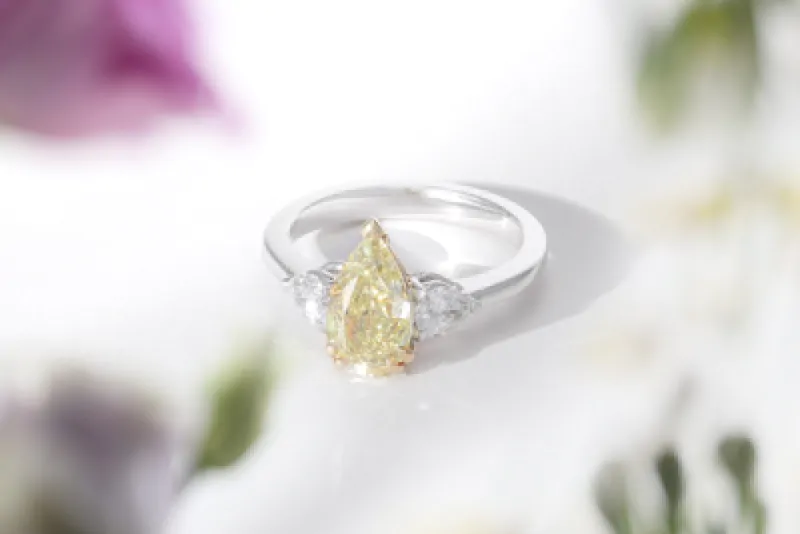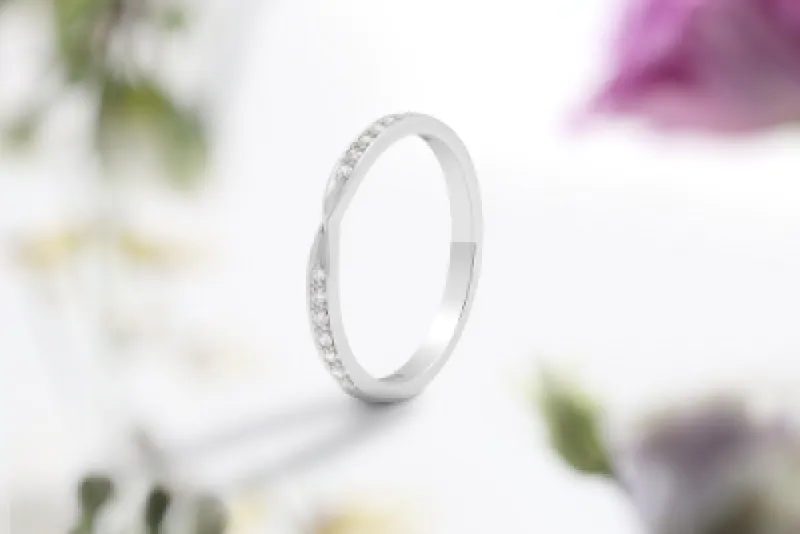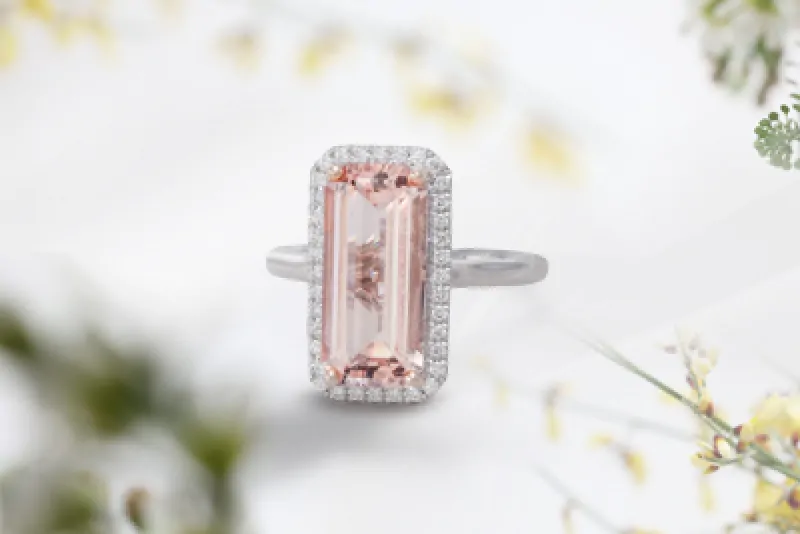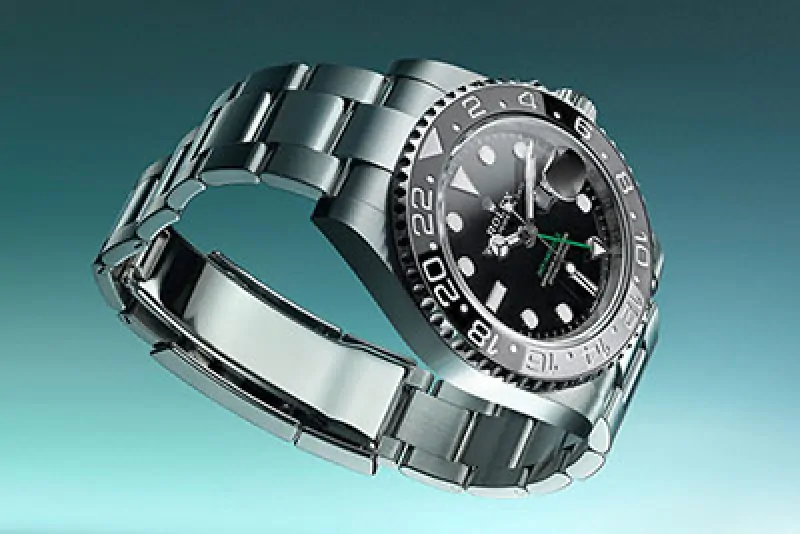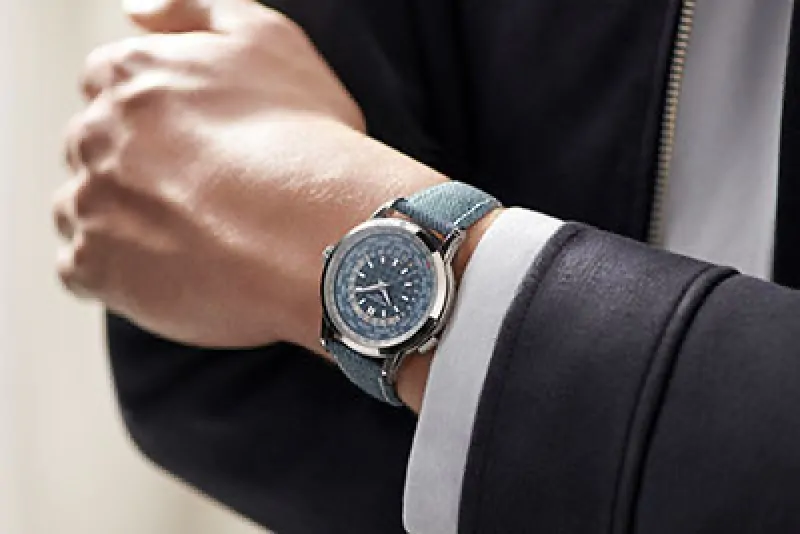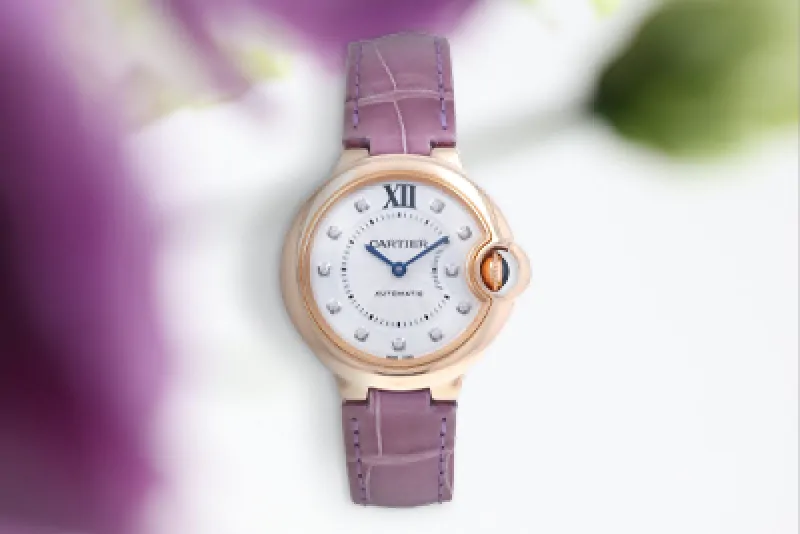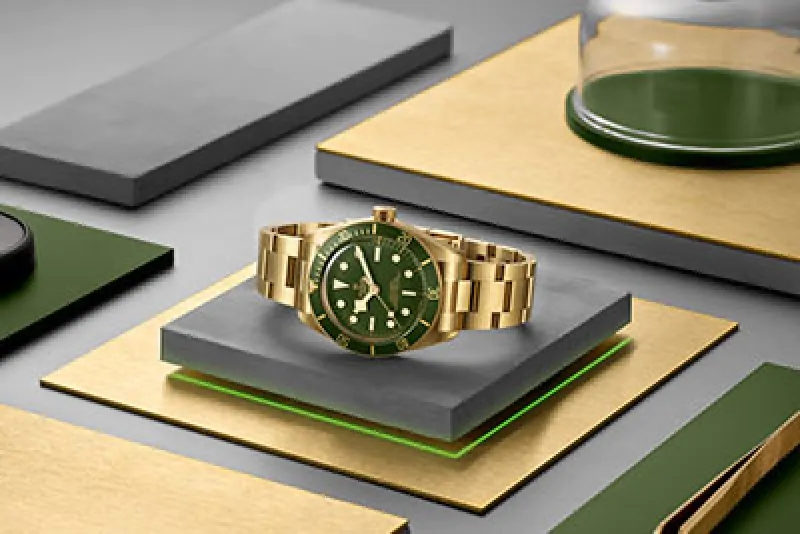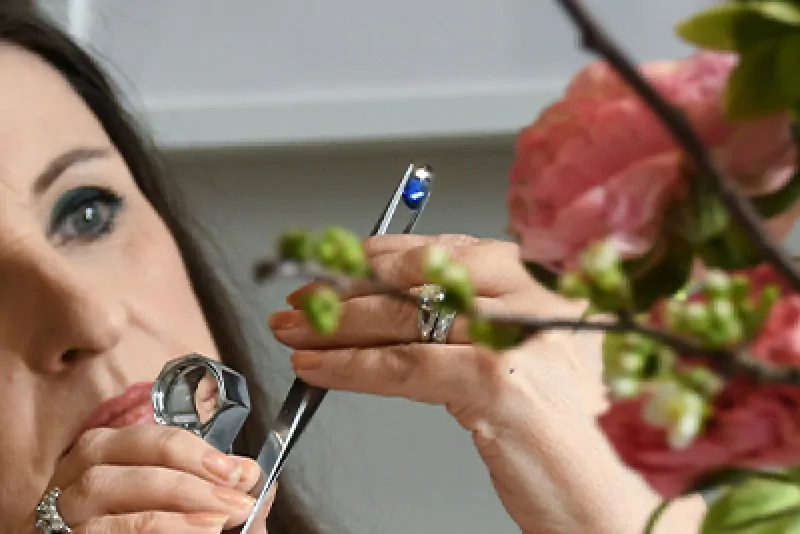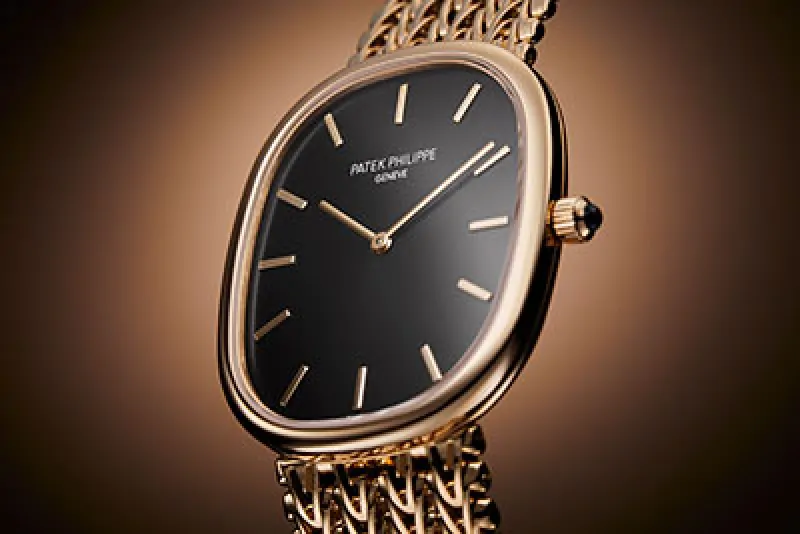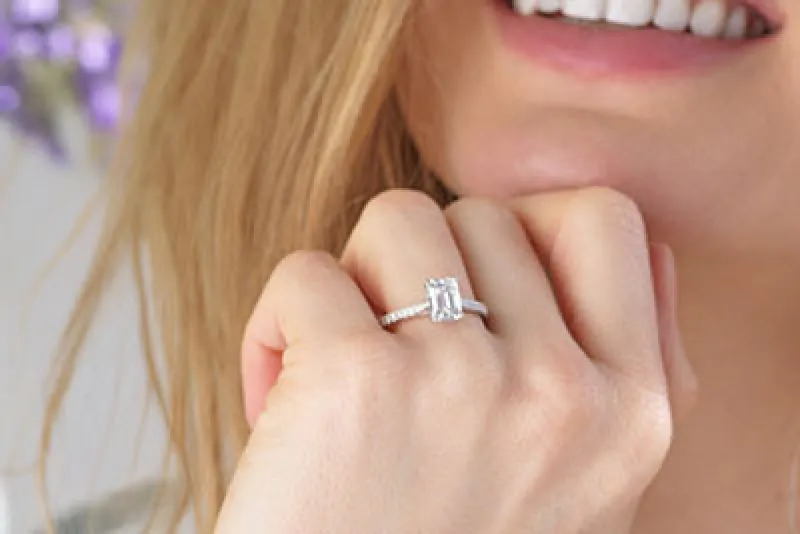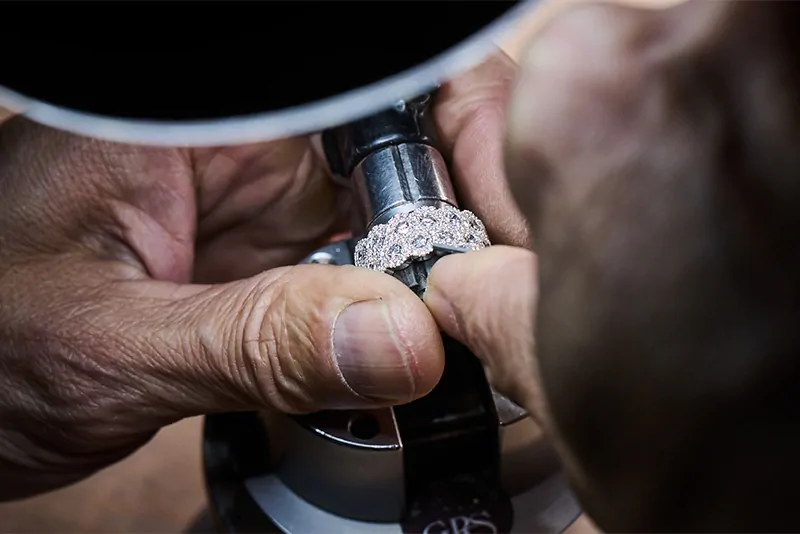The Laings Journal

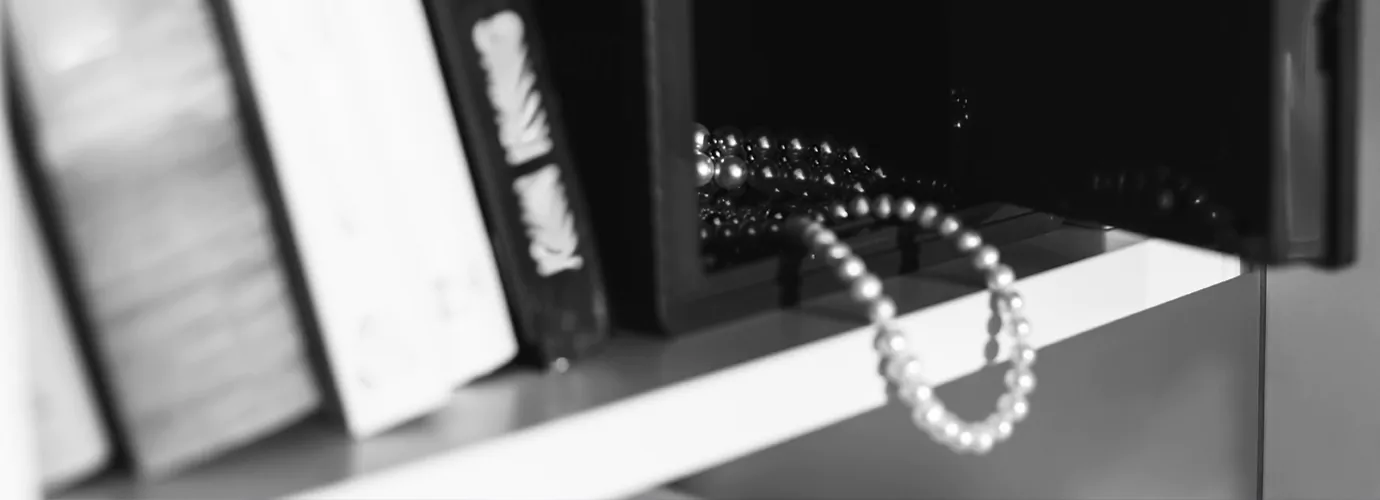
We always hope the worst will never happen, but unfortunately sometimes it does. Your watch or favourite piece of jewellery may be something you inherited, saved for or marks a special occasion, and although the sentimental value may well outweigh the financial value, the blow of something happening to it will only be greater if you don’t have adequate insurance.
Our customers often ask us for advice when it comes to insuring your valuables, so we spoke to Mark Richards, Private Clients Director of Bruce Stevenson Insurance Brokers. Bruce Stevenson are One of Scotland’s largest independent insurance brokers and our preferred broker of choice when it comes to referring customers’ on their insurance requirements. Mark explains why insurance is so important, and offers his top tips:
“Art, classic cars, wine and watches have seen a 179% growth in value over the last decade, outperforming many more mainstream investments such as the FTSE 100. In particular, there has been significant growth in ‘wasting assets’ – collectables such as cars, watches, wines, and guns, which are expected to wear out over time, and as a result are not normally subject to Capital Gains Tax in the event of a price increase.
Owners of high value jewels or art collections are likely to be under-insured, a situation that could put them significantly out of pocket should the worst happen.
It is essential that you arrange a professional valuation of your valuables every three to five years to keep up with rising and falling market trends to avoid underinsurance and over-insurance. Often clients have inherited items where the true worth today isn’t known so it’s important that you know the value in the event you need to make a claim.
“While the recent financial crisis and its fallout may have hit general spending, many people have continued to acquire valuable items, keeping prices buoyant. The uncertainty in relation to conventional investments such as equities and bonds also meant high-net-worth individuals spent more in the past few years on goods perceived as holding their value – jewellery, especially anything containing gold or precious stones, and art by old masters. With an upturn in the economy now in sight, that's driving prices higher for the trappings of luxury.
"Assuming that the value of everything went down in the recession is mistaken, and in some of the markets that we deal with it’s almost as if the financial crash never happened at all. But many people haven’t increased their insurance for more than a decade. As a result, they’re left exposed should damage or theft occur to an item that is very important to them.”
In fact, the importance of a precious object is not always immediately appreciated by an owner, especially if that item wasn't acquired directly and was handed down through the family or gifted by a loved one. Many individuals cite ‘sentimental value’ as a reason not to insure an object because they believe it's irreplaceable. That's a big mistake, according to Richards, due to a misconception about the source of most insurance claims coming from total damage, not from the all-too-regular partial damage to a work of art or item of value.
“The result is that you may not be able to afford the hundreds of thousands of pounds needed to repair something, and without repair the item is as good as worthless.
"Everyone talks about the possibility of the house burning down and the artworks with it, but it's not about that," Richards says. "It's about your five-year-old nephew scribbling all over your Rembrandt, your daughter breaking your diamond earrings as she dresses up with friends or a burst pipe soaking your antique desk. In all of these cases, the restoration is going to cost a lot of money. Jewellery can often get lost or go missing, get left behind in a hotel or restaurant, or just fall off. Not only that, it’s beautiful and the sparkles are on full display for any opportunistic thief.”
Diamonds and gold have been rising in value, partly due to soaring commodity prices driven by the boom in Asia, but also because of the wealth coming into the UK from emerging regions. Again, these gains mean people may not know the full value of what they are wearing out on their wrist or around their neck.
People are getting richer, the value of some of their art of jewellery pieces and watches are going up and if you aren't insured properly you'll be out of pocket.
A simple guide to insuring your valuables:
1. Avoid purchasing insurance ‘online’
This is important because you won’t benefit from the advice that you would receive from a specialist private client broker. Insurance policies purchased ‘online’ from an aggregator often have low single article limits of around £1,000 - £2,500, meaning that anything over that amount must be declared or else it won’t be insured for its correct value. Even then, many online providers won’t insure a painting or jewellery item over £10,000 in value.
2. Use a specialist broker
A private client insurance broker has access to a carefully selected panel of insurers that offer specialist cover and high single article limits, often in excess of £15,000 within their home insurance offering. These brokers will talk through the benefits of specialist cover over a standard insurance policy when insuring fine art and collectables. If a painting is partially damaged, the cost to restore the item plus any subsequent depreciation in value of the painting as a result of the damage would be paid for. Death or permanent disability of an artist may mean that their works suddenly significantly increase in value. Cover can be provided for up to 200% of the agreed value of the work of art should a loss occur before a re-valuation has taken place, but that it can be proved that there has been an increase in the market value.
If you are an avid collector, you will want to know that your purchases are insured from the moment the gavel goes down at the auction house or when you leave the gallery or jeweller. Such purchases are automatically covered and newly purchased and existing collections are insured worldwide giving you complete piece of mind.
A private client broker will also be able to assist you with risk management advice for your collections from storage and transport, valuations and security, display and collection management.
3. The myth about price
It is often thought that insuring jewellery collections and fine art is very expensive. Of course there are factors that influence the rating of a collection; where it is housed, security and fire protections, but the rating will be cheaper than your general household contents. Collections are usually well looked after and are often insured for a specific value making the claim process easier, and so they benefit from a more competitive rate.
4. Review, review, review
Don’t just let your insurance policy renew without taking the time to review your sums insured. Values may have changed since the last valuation, you may have acquired or disposed of items or you may have had a lifestyle change that requires a different approach to the protection of your collections. It is your responsibility as the policyholder to ensure your sums insured are adequate, not the insurers.
About Bruce Stevenson
With offices in London, the North East, Edinburgh, Glasgow and the Scottish Borders, Bruce Stevenson offer a comprehensive portfolio of products and services covering a wide range of specialist areas including heritage property and private clients. CEO Edward Bruce’s father, David Bruce founded the company in 1981 with Tony Stevenson. Since then the business has grown to include over 90 staff. The Chartered Insurance Institute granted Chartered Insurance Broker status to Bruce Stevenson in 2010, a title held by fewer than 100 brokers in the UK. The firm was also a founding member of the prestigious UNA Alliance, which represents twelve of the largest and most highly-respected independent regional insurance brokers throughout the UK. Being a UNA member gives Bruce Stevenson increased negotiating power with insurers, as well as access to exclusive covers and policy products. The firm is also the only Scottish broker to be awarded delegated authority by Hiscox, a market leader in the high net worth insurance sector. This means that Bruce Stevenson is authorised to underwrite on the insurer’s behalf. Delegated authority allows a broker to be more involved in their client’s insurance process as they have agreement to underwrite on behalf of an insurer within pre-agreed parameters. This means they can manage client relationships in a more personal, hands-on way, rather than acting purely as an intermediary.

